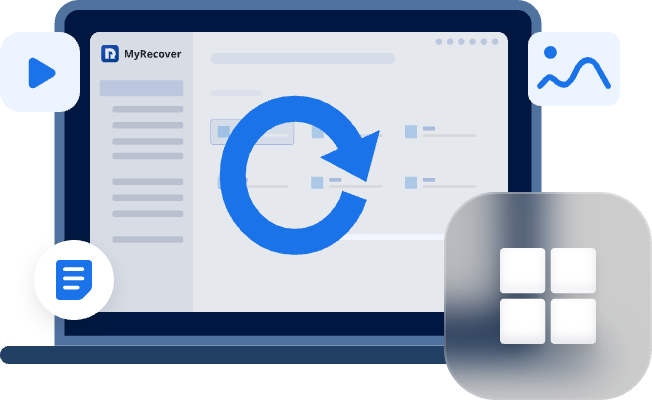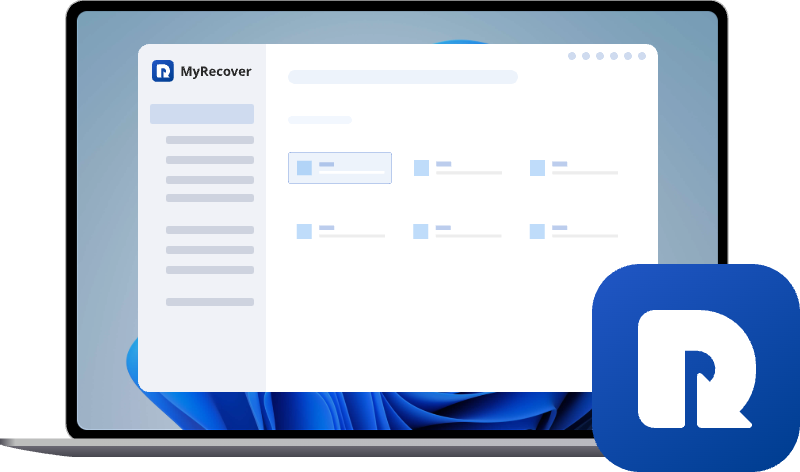External Hard Drive Unknown Device: How to Fix It Easily
If your external hard drive appears as unknown device, don’t panic. This detailed tutorial helps you diagnose the issue, recover lost access, and restore normal function using proven Windows tools and quick hardware checks.
Understanding the "External Hard Drive Unknown Device" Error
Unknown Device message for a USB External Hard Drive..supposed to be plug and play
I have a Western Digital external hard drive 1 TB. I installed a 2.0 PCI card when I couldn't get the device to work. This solved nothing. When I attach the hard drive, it brings up a message that says the device is Unknown. I don't know how to manually fix the problem. I contacted Western Digital, but being plug and play, they do not provide drivers for their products and have referred me to your website. Please help, it's nothing more than an expensive paperweight at this point.
- Question from https://learn.microsoft.com/
When your computer shows "External Hard Drive Unknown Device", it simply means the system can’t recognize or communicate properly with your drive. In other words, your PC knows something is plugged in — but can’t figure out what it is.
Common Scenarios When This Happens
- You just updated your Windows or macOS system.
- You used the drive on another computer, and now it’s not detected.
- The drive was dropped or disconnected without ejecting.
- You’re using a new USB cable or hub.
Main Causes Behind the "External Hard Drive Unknown Device" Issue
1. Faulty USB Ports or Cables
The most common culprit is a bad USB cable or port. Sometimes, a loose connection or a broken wire can make your external hard drive appear as an unknown device.
2. Corrupted or Missing Drivers
If your system drivers are outdated or corrupted, your computer won’t be able to identify your external device. Windows often relies on drivers to "talk" to the hardware properly.
3. Power Supply Problems
Large external hard drives, especially those with higher storage capacities, often need more power. If the USB port doesn’t supply enough, your drive may fail to start up correctly.
4. File System or Partition Errors
If your external hard drive’s file system gets corrupted or the partition table is damaged, the system won’t recognize it.
5. Outdated or Buggy System Updates
Sometimes, a new update can cause hardware recognition issues, especially if compatibility isn’t fully optimized.
Quick Checks Before Diving Deep
Before deep fixes, try basic checks first — you’d be surprised how often they work!
1. Try a Different USB Port or Computer
Before assuming the worst, try plugging the drive into a different port or even a different computer. If it works there, your USB port may be the issue.
2. Check the Power Source and Indicator Lights
Many external drives have indicator lights. If yours isn’t lighting up, it may not be getting power. Try a different cable or power adapter.
3. Listen for Sounds or Vibrations
Put your ear close to the drive. If it’s silent, it may not be spinning — another sign of power or hardware failure.
Step-by-Step Fixes for "External Hard Drive Unknown Device"
Let’s fix this step-by-step.
Method 1: Update or Reinstall Drivers
1. Press Windows + X → choose Device Manager.
2. Expand Universal Serial Bus controllers or Disk drives.
3. Right-click your external drive → select Update driver.
4. Choose Search automatically for drivers.
If that fails, uninstall the device and restart your computer — Windows will reinstall the drivers automatically.
Method 2: Use Disk Management
1. Press Windows + X → select Disk Management.
2. Check your drive status and perform the following operations.
- Assign Drive Letter: If the drive has no letter, right-click > Change Drive Letter and Paths.
- Initialize Disk: If marked "Not Initialized", right-click > Initialize Disk.
- Format Drive (If Data Isn’t Needed): Right-click > Format.
Advanced Fixes for Persistent Issues
In addition to the above methods, there are some advanced fixes.
Fix 1. Run Hardware and Devices Troubleshooter
1. Press Windows + R → type msdt.exe -id DeviceDiagnostic.
2. Run the troubleshooter and follow the steps to detect and fix device issues automatically.
Fix 2. Use Command Prompt (CMD) to Repair Errors
1. Type cmd in the Windows search bar → right-click → Run as administrator.
2. Type chkdsk X: /f (replace "X" with your drive letter).
3. Press Enter to fix file system errors.
Fix 3. Update BIOS or Chipset Drivers
Sometimes, outdated BIOS or motherboard drivers can cause connection issues. Visit your PC manufacturer’s website and download the latest chipset or BIOS updates.
How to Recover Data from an Unrecognized External Drive
Worried that your data is missing? If your external hard drive appears as unknown device, don’t panic — your files aren’t necessarily gone. MyRecover is one of the most reliable tools for retrieving data from unrecognized or inaccessible drives.
Why choose MyRecover?
- It supports recovery from RAW, formatted, or corrupted drives.
- Works with NTFS, FAT32, exFAT, and ReFS file systems.
- Offers a high recovery success rate and an easy-to-use interface suitable for beginners.
Here’s how to use it:
1. Download and install MyRecover on your computer.
2. Connect your external hard drive to the PC.
3. Launch MyRecover — it will automatically detect the drive, even if it’s not showing up in File Explorer.
4. Click Scan to search for lost files.
5. Once the scan finishes, preview and recover the files you need with a single click.
If MyRecover can’t detect your drive due to physical damage or severe corruption, it’s best to consult professional data recovery specialists. They have advanced tools to recover data from malfunctioning or physically damaged external drives without risking further loss.
Preventing Future "Unknown Device" Errors
Safely Eject Your Drive Every Time
Never just yank the USB cable out. Always "Eject" the drive properly to prevent file system corruption.
Keep Drivers and System Updated
Regular updates help your system communicate efficiently with connected devices. It’s like teaching your computer new "languages" to talk to hardware.
Avoid Using Cheap or Damaged Cables
Low-quality cables often fail to transmit data or power correctly. Stick to trusted brands and replace cables that show signs of wear or loose connections.
Conclusion
An external hard drive unknown device error can be annoying, but it’s usually fixable. From checking cables and updating drivers to using Disk Management, most solutions are simple once you know what’s causing the issue. And remember — always eject your drive safely and keep your system updated to avoid future headaches.


